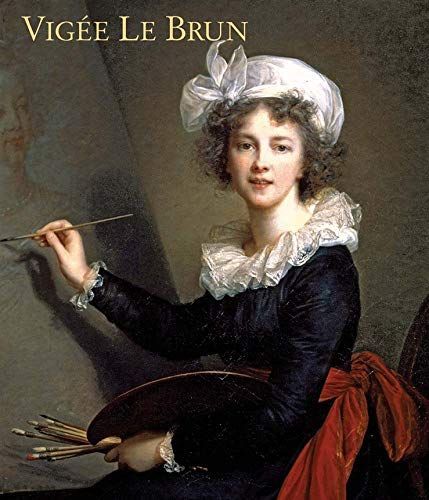
Vigée Le Brun
Elisabeth Louise Vigée Le Brun (1755–1842) was one of the finest eighteenth-century french painters and among the most important women artists of all time. Celebrated for her expressive portraits of French royalty and aristocracy, and especially of her patron Marie Antoinette, Vigée Le Brun exemplified success and resourcefulness in an age when women were rarely allowed either. Because of her close association with the queen Vigée Le Brun was forced to flee France during the French Revolution. For twelve years she traveled throughout Europe, painting noble sitters in the courts of Naples, Russia, Austria, and Prussia. She returned to France in 1802, under the reign of Emperor Napoleon I, where her creativity continued unabated. This handsome volume details Vigée Le Brun's story, portraying a talented artist who nimbly negotiated a shifting political and geographic landscape. Essays by international scholars address the ease with which this self-taught artist worked with monarchs, the nobility, court officials and luminaries of arts and letters, many of whom attended her famous salons. The position of women artists in Europe and at the Salons of the period is also explored, as are the challenges faced by Vigée Le Brun during her exile. The ninety paintings and pastels included in this volume attest to Vigée Le Brun's superb sense of color and expression. They include exquisite depictions of counts and countesses, princes and princesses alongside mothers and children, including the artist herself and her beloved daughter, Julie. A chronology of the life of Vigée Le Brun and a map of her travels accompany the text, elucidating the peregrinations of this remarkable, independent painter.